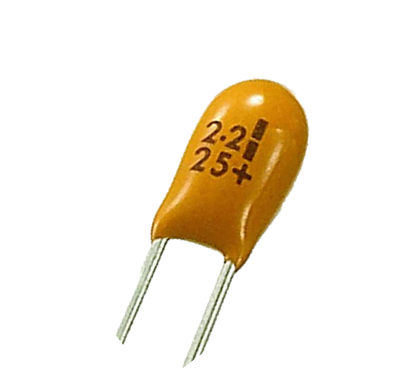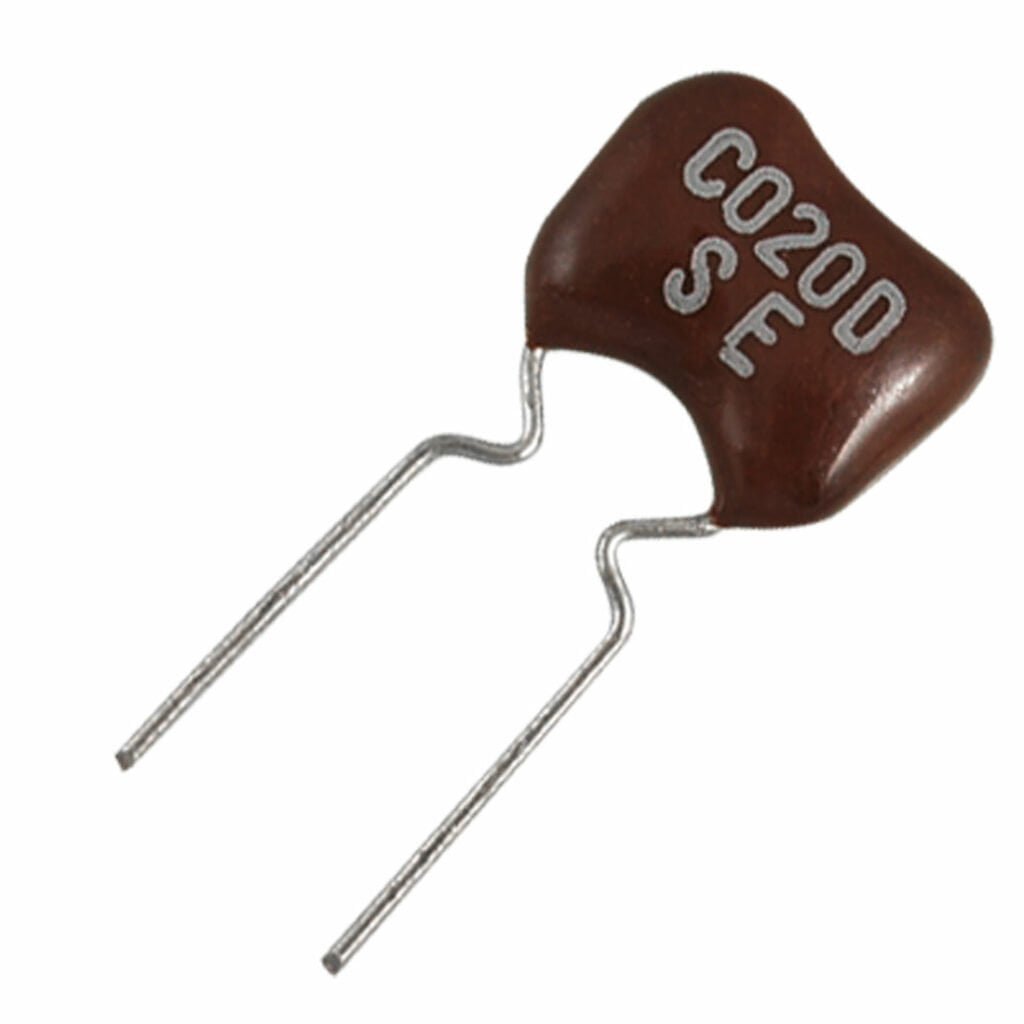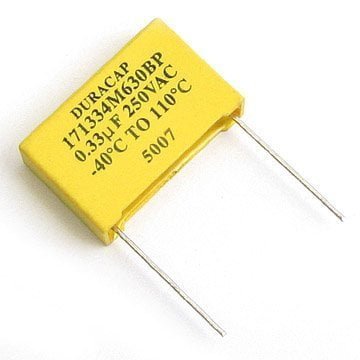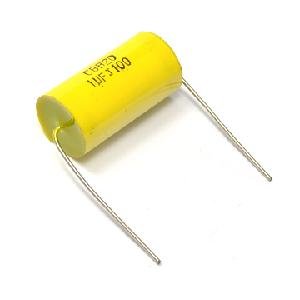Just like resistor, a capacitor is a 2 terminal electronic component with very interesting working nature. We all know in our life, there are few people (like our Parents, A good Friend, a cousin or sister) who is always our savior, who always protects us in need and gives us that important BOOST, sometimes, its financial Boost or sometimes, these people correct our mistakes. So are capacitors, in any electronic circuit, capacitors are used either to correct something wrong, or to give a boost. And by combining capacitors with other components, we can create some really good electronic effects.

Capacitors are special because they have ability to store energy. It just acts as a fully charged battery. You might have seen large capacitors which are also called as condenser in our domestic ceiling fans, as well as with the motor Pumps. In this tutorial, we’ll see what exactly capacitor is made up of, how it works and how to make good use of capacitors. We’ll also see various types of capacitors and know how to measure their capacity
How a capacitor is made
A capacitor is actually a sandwich of 2 Metal plates placed close to each other but not touching each others. It simple means exactly as shown in the below figure. Capacitors are exactly as shown below where there are 2 metal plates separated by some specific material called Di-electric. Now this dielectric is not any mystical component, it’s just simply any insulating material. Insulating material means the material which cannot conduct electricity, like paper, rubber, ceramic, plastic, or sometimes even pure air!!! So it’s anything that will not allow the flow of electric current.
The metal plates (brown ones in below figure) are made up of different conductive materials, which include most metals like aluminum, silver, tantalum or any other metal. These are connected to a metal wire which forms the lead of capacitors.

So, as shown above, is the construction of capacitors. And because of this type of construction, the symbol of the capacitor is like this

So this is a generalized capacitor symbol showing two metal plates spaced apart not touching each other. There are other capacitors symbols also depending upon their nature of operation, but first we need to know how a capacitor at all works.
How Capacitor Work
Electric current is the flow of electric charge, which is what electrical components use to light up, or do whatever they do. When current flows into a capacitor, the charges get “stuck” on the plates because they can’t go beyond the insulating dielectric materials. Electrons which are negatively charged particles are saturated into one of the plates, and this plate becomes overall negatively charged. The large mass of negative charges on one plate pushes away like charges on the other plate, making it positively charged as shown below

The positive and negative charges on each of these plates attract each other, because that’s what opposite charges do. But, with the dielectric sitting between them, as much as they want to come together, the charges will forever be stuck on the plate (until they have somewhere else to go).
The stationary charges on these plates create an electric field, which influence electric potential energy and voltage. When charges group together on a capacitor like this, the cap is storing electric energy just as a battery might store chemical energy. When such situation occurs, we can call that this capacitor is CHARGED.
Now this charged capacitor acts like a battery (bigger the capacitor, more the charges stored in it) if we provide some conducting path for this charge to flow, the charges stored in capacitor will quickly discharge providing a momentary current, which acts as required little boost in many circuits. If we connect a resistor in series with capacitor, it creates more interesting things, first, it charges slowly and then it discharges slowly too, this is the timing effect which is used to build hundreds of different things
Unit of Capacitance and Polarity
Depending upon how the capacity of capacitors, there are various capacitor types
The capacity is measured in unit Called Farad
One farad is defined as the capacitance of a capacitor across which, when charged with one coulomb of electricity, there is a potential difference of one volt. Conversely, it is the capacitance which, when charged to a potential difference of one volt, carries a charge of one coulomb. Plainly speaking 1 Farad is too much of capacitance, even 0.0001 Farad (1 mili farad) is also a very big capacitor. Usually we see capacitors rated in the Pico (10-12 ) to microfarad (10-6 ) range. As a thumb rule, capacitors having capacitance greater than 1 microFarad are polarized capacitors. It means that the have specific direction in which they should be connected in a circuit (positive terminal and negative terminal) see below picture for polarized capacitor and non polarized capacitor

Types of Capacitors
Depending upon the capacity of capacitor and the electrolytic material used in between capacitor plates, there are different types of capacitors. Here are few with Pictures and their names. The name of capacitor itself suggests which di-electric Material is used
Ceramic Capacitors

Ceramic capacitor: The ceramic capacitor is a type of capacitor that is used in many applications. Values of ceramic caps range from a few picofarads to around 0.1 microfarads. Ceramic capacitor types are by far the most commonly used type of capacitor being cheap and reliable. In view of their constructional properties, these capacitors are made up of ceramic material
Electrolytic Capacitors

Electrolytic capacitor: Electrolytic capacitors are a type of capacitor that is having a fixed polarity. They are able to offer high capacitance values – typically above 1μF, and are most widely used for low frequency applications – power supplies, decoupling and audio coupling applications as they have a frequency limit if around 100 kHz.
Tantalum Capacitors

Tantalum capacitor: Like electrolytic capacitors, tantalum capacitors are also polarized and offer a very high capacitance level compared to size. However this type of capacitor is very intolerant of being reversely polarized. It often explodes when connected in reverse direction.
Silver Mica Capacitors

Silver Mica Capacitor: Silver mica capacitors are not as widely used these days, but they still offer very high levels of stability, low loss and accuracy where space is not an issue. They are primarily used for Radio Frequency applications and they are limited to maximum values of 1000 pF or so
Polystyrene Film Capacitors

Polystyrene Film Capacitor: Polystyrene capacitors are a relatively cheap form of capacitor but it offers not so exact value of capacitance. They are tubular in shape resulting from the fact that the plate / dielectric sandwich is rolled together, but this adds little inductance limiting their frequency response to a few hundred kHz. They are generally only available as leaded electronics components (Not available in Surface mount type L)
Ceramic Capacitors

Polyester Film Capacitor: Polyester film capacitors are used where cost is a consideration as they do not offer a high tolerance. Many polyester film capacitors have a tolerance of 5% or 10%, which is adequate for many applications. They are generally only available as leaded electronics components.
Metalized Polyester Film Capacitors

Metalized Polyester Film Capacitor: This type of capacitor is essentially a form of polyester film capacitor where the polyester films themselves are metalized. The advantage of using this process is that because their electrodes are thin, the overall capacitor can be contained within a relatively small package.
Polycarbonate Capacitors

Polycarbonate capacitor: The polycarbonate capacitors have been used in applications where reliability and performance are critical. The polycarbonate film is very stable and enables high tolerance capacitors to be made which will hold their capacitance value over time.
Polypropylene Capacitors

Polypropylene Capacitor: The polypropylene capacitor is sometimes used when a higher tolerance type of capacitor is necessary than polyester capacitors offer. As the name implies, this capacitor uses a polypropylene film for the dielectric. One of the advantages of the capacitor is that there is very little change of capacitance with time and voltage applied.
Glass Capacitors

Glass capacitors: As the name implies, this capacitor type uses glass as the dielectric. Although expensive, these capacitors offer very high levels or performance in terms of extremely low loss.
Super Capacitors

Supercapacitor: Also known as a supercapacitor or ultracapacitor, as the name implies these capacitors have very large values of capacitance, of up to several thousand Farads. They find uses for providing a memory supply and also within automotive applications.


Gone through this article found very helpful.explained very well ,easy to understand ,and covers all basic knowledge of capacitors👍